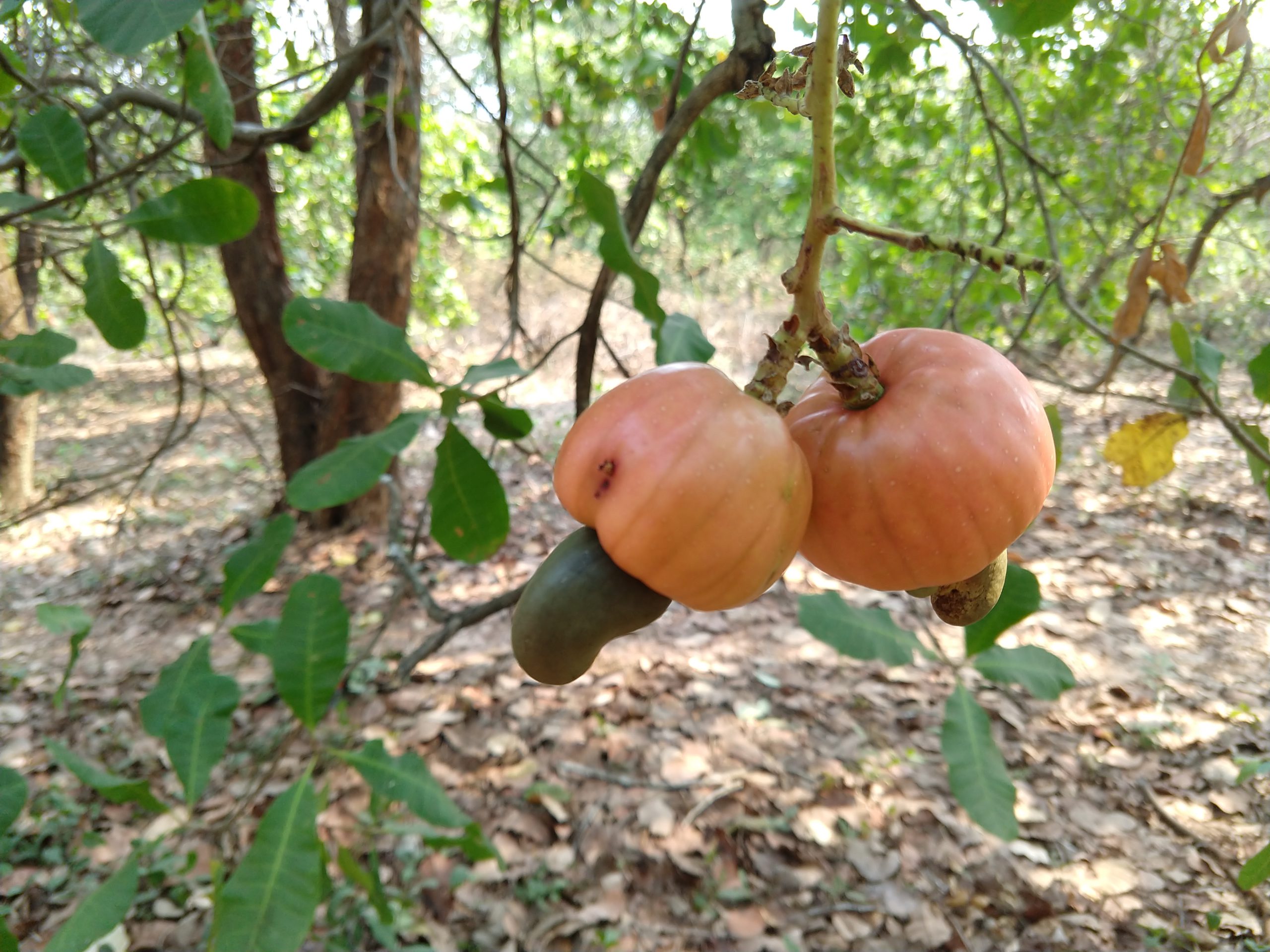GOAN CASHEW

- A GI tag is used to identify products that are closely linked to a specific geographic area. It serves as a certification that the product originates from that region.
- Products with a GI tag are often recognized for their quality, authenticity, and reputation. The unique characteristics of the product are associated with the natural and human factors of the region, such as climate, soil, traditional knowledge, and craftsmanship.
- The registration of a GI provides legal protection to the product's name and reputation. It prevents others from using the name to market products that do not originate from the designated region.
- A GI tag can lead to economic benefits for the producers and the region. It can help increase the market value of the product, stimulate local economies, and preserve traditional practices.
India has a rich cultural and culinary heritage, and as a result, it is home to a wide range of products that have been granted Geographical Indication (GI) tags. These GI-tagged products are known for their unique qualities and are often deeply rooted in traditional knowledge and practices. Here are some examples of GI-tagged products in India:
Darjeeling Tea: Darjeeling tea, grown in the Darjeeling district of West Bengal, is one of the most famous GI-tagged products in India. It is known for its distinctive flavor, aroma, and unique terroir.
Kanchipuram Silk Sarees: Kanchipuram silk sarees, also known as Kanchi silk sarees, are traditional silk sarees woven in the Kanchipuram region of Tamil Nadu. They are renowned for their rich texture and intricate designs.
Basmati Rice: Basmati rice is primarily grown in the foothills of the Himalayas in northern India and parts of Pakistan. It is prized for its long grains, delicate aroma, and unique flavor.
Alphonso Mangoes: Alphonso mangoes, also known as Hapus, are grown in the Konkan region of Maharashtra and certain parts of Goa. They are considered one of the best mango varieties in the world, known for their sweetness and flavor.
Banarasi Silk Sarees: Banarasi silk sarees, produced in Varanasi (Benares), Uttar Pradesh, are famous for their intricate brocade work and are often worn on special occasions and weddings.
Champaran Bananas: Grown in the Champaran region of Bihar, these bananas have a distinct taste and aroma, making them unique among banana varieties.
Nagpur Oranges: Nagpur oranges, grown in the Nagpur region of Maharashtra, are known for their sweet and tangy flavor. They have a GI tag to protect their origin.
Kullu Shawls: Kullu shawls are woven in the Kullu Valley of Himachal Pradesh. They are characterized by their vibrant colors and intricate designs.
Goa Feni: As mentioned earlier, Goan feni is made from cashew apples in Goa and has a GI tag.
Madhubani Paintings: Madhubani paintings, also known as Mithila paintings, are traditional folk art created by women in the Mithila region of Bihar. They depict various themes and are characterized by intricate designs and bright colors.
Channapatna Toys: Channapatna toys are wooden toys and dolls made in the town of Channapatna in Karnataka. They are known for their unique lacquer finish and traditional craftsmanship.
|
Previous Year Questions
1.Which of the following has/have been accorded 'Geographical Indication' status? (UPSC CSE 2015)
1. Banaras Brocades and Sarees
2. Rajasthani Daal-Bati-Churma
3. Tirupathi Laddu
Select the correct answer using the code given below
A.1 only
B.2 and 3 only
C.1 and 3 only
D.1, 2 and 3
Answer (C)
2.Match the following Geographical Indication tags with their places in Telangana: (TSPSC Group 4 2018)
a)A-4, B-5, C-2, D-1
b)A-5, B-2, C-4, D-1
c)A-3, B-5, C-4, D-2
d)A-1, B-3, C-2, D-4
Answer (a)
|



